As A Polynesian Woman, I Absolutely Loved These Small Details In "Moana"
- Oops!Something went wrong.Please try again later.
Hi, I'm Morgan, and I'm a 28-year-old Samoan woman.
Growing up, there wasn't a lot of Pacific Islander representation in media. So, you can imagine how excited I was when Disney gave us Moana, the first Polynesian princess!
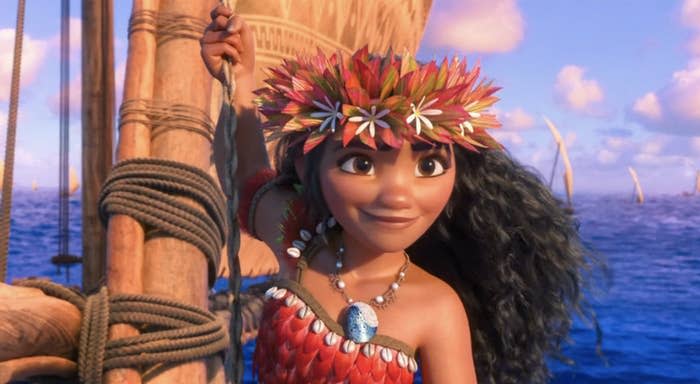
There are tons of small details in the movie inspired by the cultures of the many island nations across the Pacific. I thought it'd be fun to rewatch the film and point out the ones I've noticed:
Note: These are just things I noticed personally, with my Samoan background. There are many similarities between islands, so other Pacific Islanders might find connections with their culture instead. And some PIs might totally disagree with me; that's totally fine! The PI identity encompasses sooo many islands that we're bound to have differing opinions. I'd love to hear them in the comments!
1.Chief Tui's tattoo that covers his body from the waist to the knees is called a pe'a.
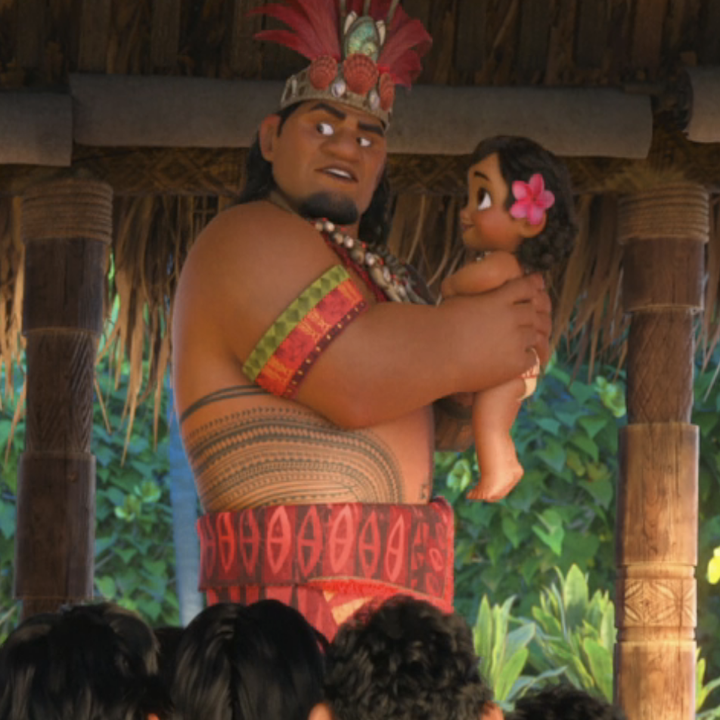
Fun fact: the word "tattoo" comes from the Samoan word tatau!
The pe'a is done using handmade tools made of bone, turtle shell, and wood. The tattoos are extremely meaningful and often convey a man's history, identity, and lineage. To get the traditional tattoo is a great honor; it represents a person’s acceptance of their responsibility to their community and celebrates their permanent dedication to the culture.
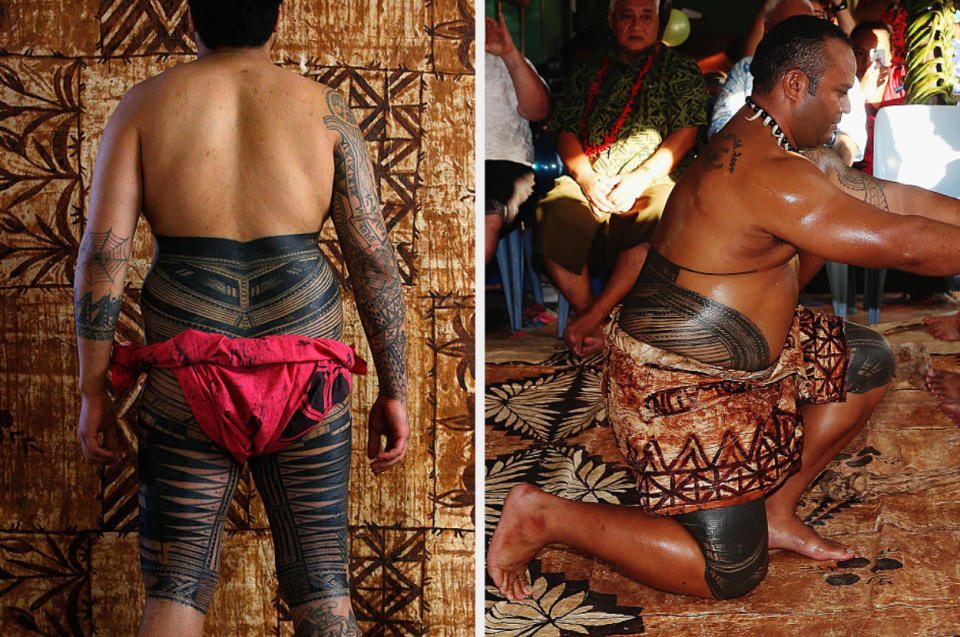
Receiving a pe'a is extremely painful (much more than if you got a tat with a modern tattoo machine) and usually takes a week to ten days to complete. It's common to undergo the process with a relative or group of loved ones who also get the tattoo. Family members and friends usually sit around you, offering support, food, and songs.
2.The female equivalent of the pe'a is the malu. It features lighter designs but remains deeply significant.
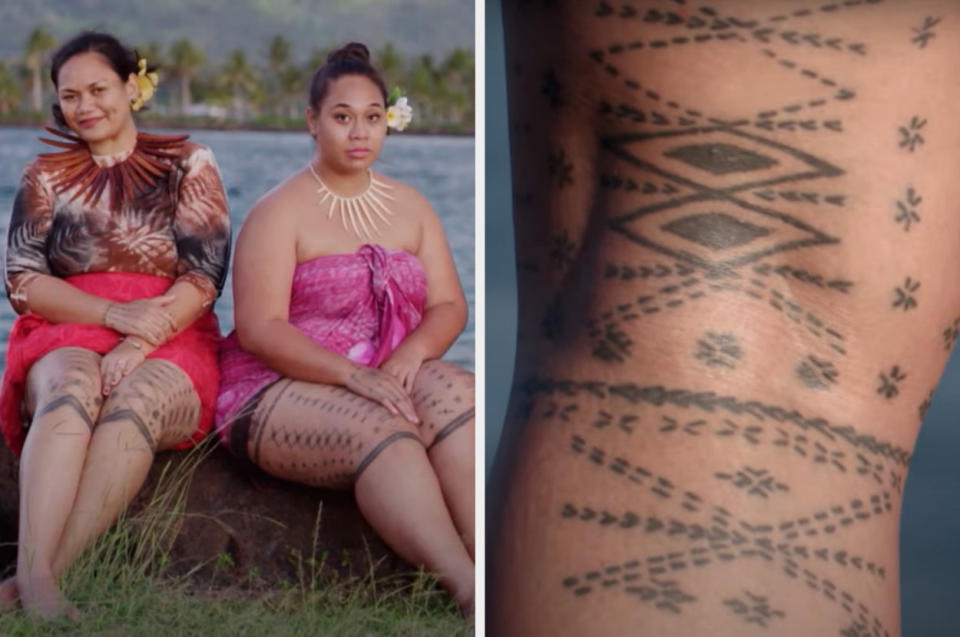
While I didn't see any women in the movie with a malu, I did notice that Moana's mom has a malu-style tattoo on her hands. Honestly, I haven't seen anything definitive about the accuracy of this. Some say the malu-style on the hand is a modern development that goes against sacred tradition, but others claim it was accepted before colonization influenced Samoa.
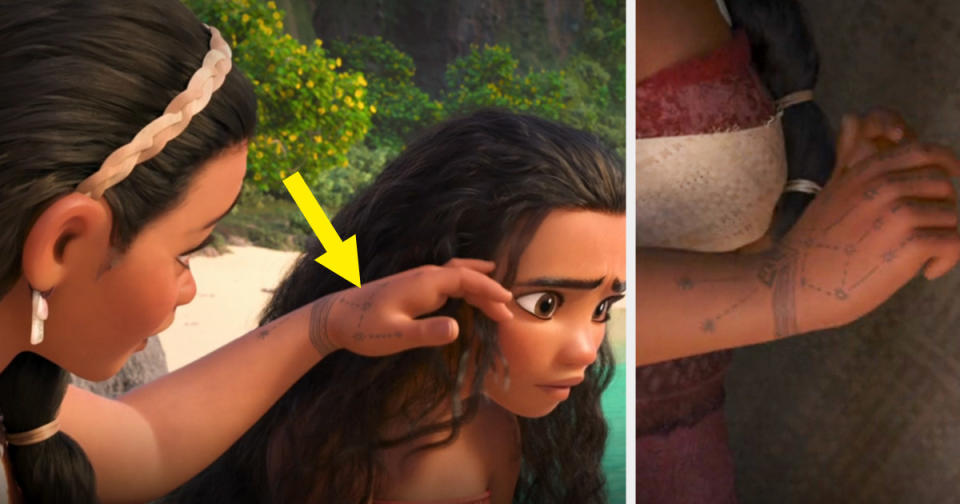
Personally, I wouldn't call it a malu if it was done with a tattoo machine or if it was on a hand, but I think the malu-style hand tattoos are a beautiful way of keeping the culture alive in the modern world.
3.Moana's name is symbolic. The word "moana" actually means ocean in many Polynesian languages. So when the ocean chooses her, it's very fitting.
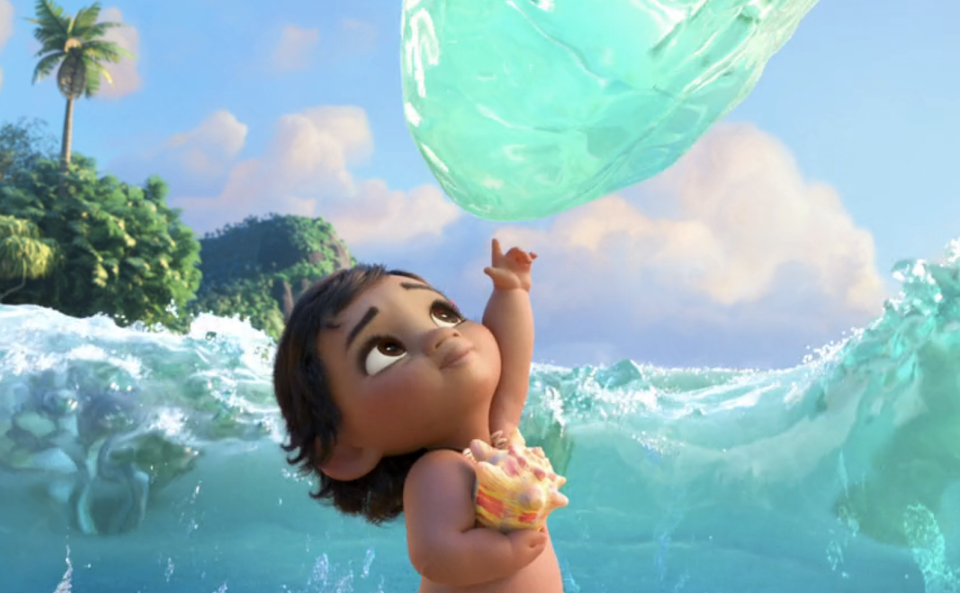
4.The Samoan headdress that Moana wears is called a tuiga. Traditionally, the tuiga was worn by ali'i (chiefs) and their children during ceremonies and important occasions. The rare shells and red feathers conveyed the rank and status of these families.
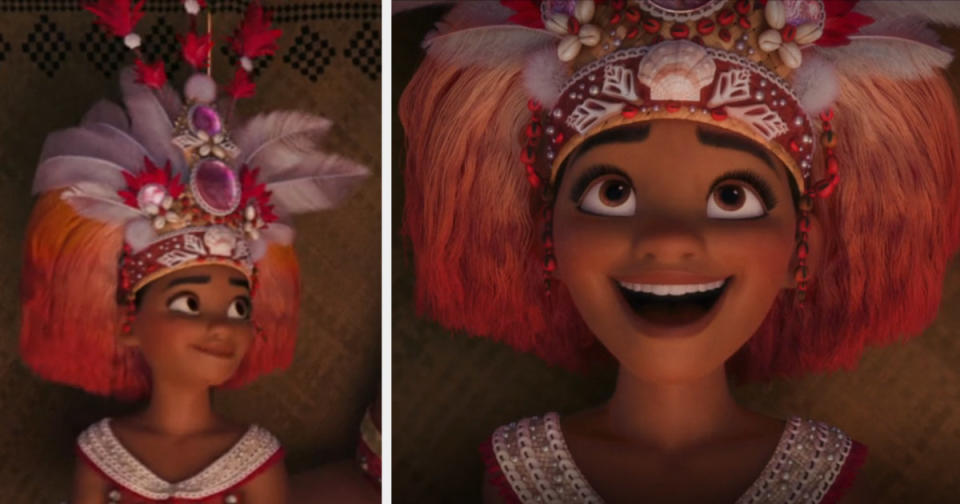
Those who wore the tuiga were also believed to carry the mana (spirit) of their ancestors with them.
In modern times, many women wear the tuiga during the taualuga, an important Samoan dance that is oftentimes performed at celebrations like weddings and birthdays. The taualuga highlights the strength, dignity, and grace of the taupou (the dancer).
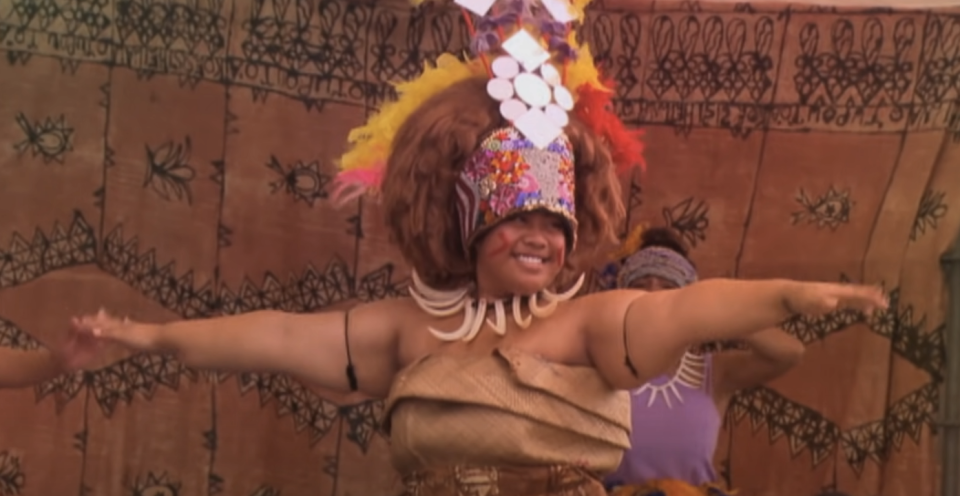
5.Here, it looks like this man is cooking palusami in an umu.
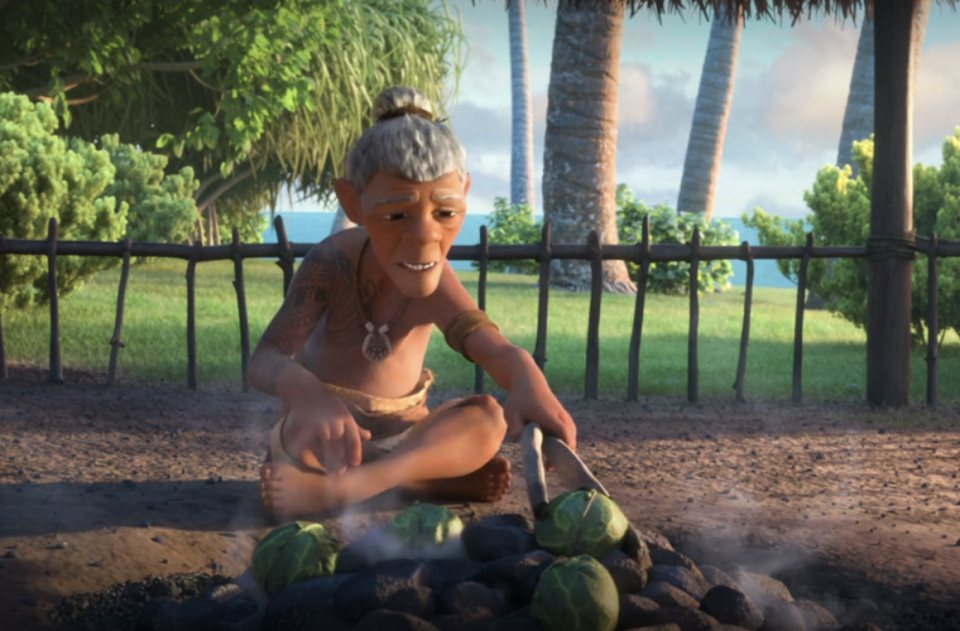
Palusami is made by pouring coconut cream into taro leaves. The leaves are gently wrapped into a kinda round shape and placed in the umu, which is an above-ground oven where fire-heated rocks cook the food. Some islands will also add meat.
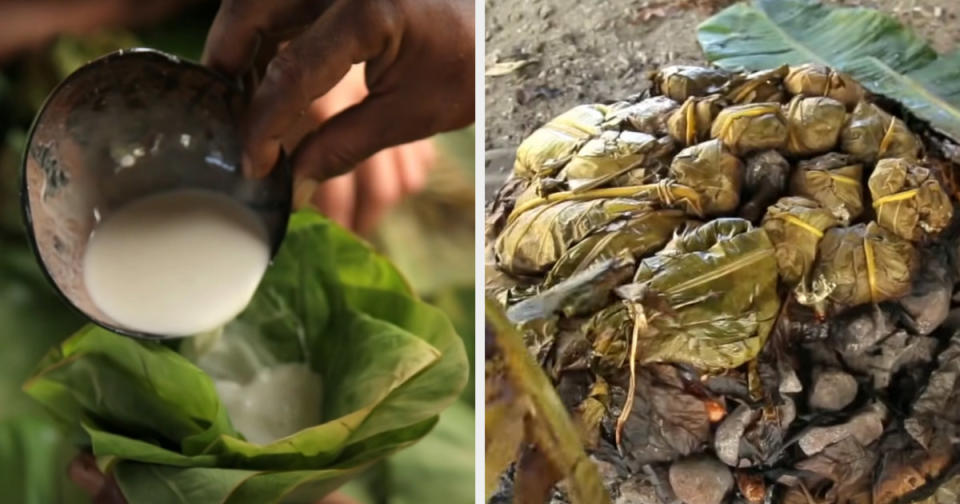
6.The traditional houses in Motunui are Samoan fale, open-style homes with no walls. Usually round or oval, there are different fale for varying reasons: a regular family house, a guest house, a meeting/cultural center where chiefs speak and orators tell stories, etc.
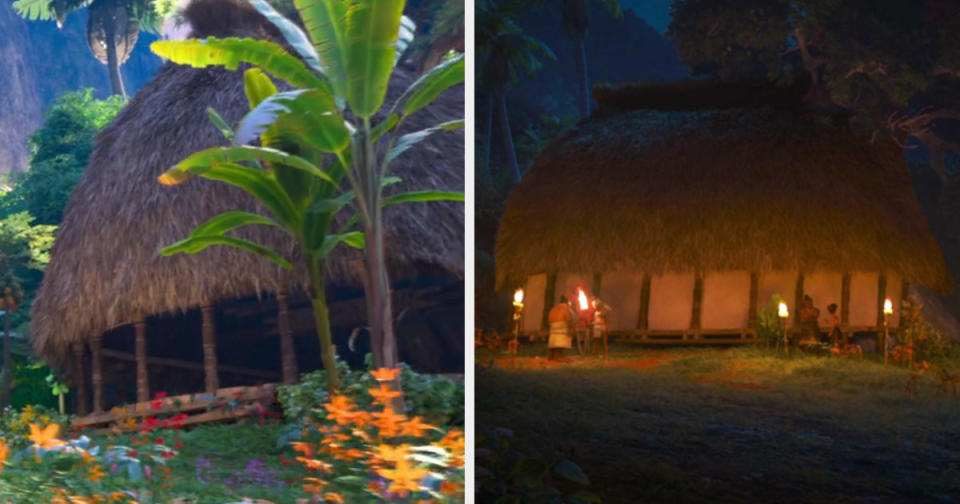
The fale is an important part of Samoan culture and is at the intersection of a lot of customs. For example, chiefs usually sit in front of a post as it symbolizes the support that holds up both the fale and the village. In addition, traditional tattoos often include symbols that represent the fale.
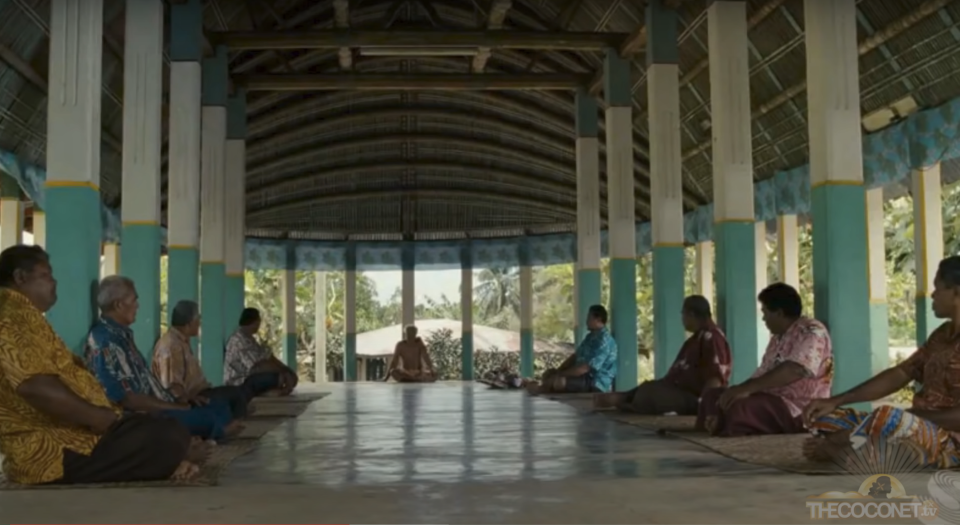
7.When Moana discovers the canoes in the cavern, she realizes her people used to be voyagers. This references The Long Pause, which happened in real life.
Disney
Scientists believe that incredible voyagers landed on the shores of West Polynesia (islands including Fiji, Samoa, and Tonga) around 3,000 years ago. But there was at least a 1,000 year pause until they ventured out to many other islands, including Hawai'i, Rapa Nui, and Aotearoa (New Zealand).
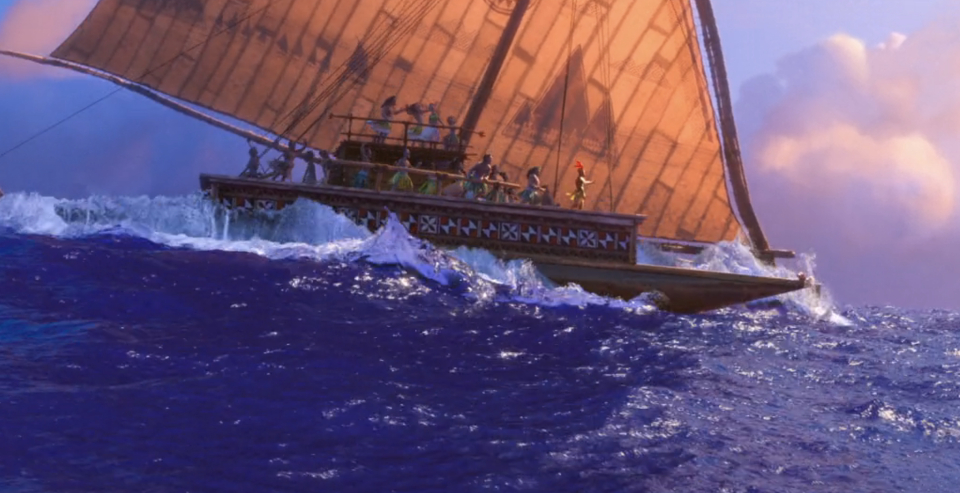
I'm not sure if we'll ever know the real reason for The Long Pause. Some scientists claim it was due to changes in winds and ocean currents. Others say the islanders needed the time to create canoes that would withstand rougher currents, longer distances, and heavier loads. Personally, I prefer Gramma Tala's take: It was all Maui's fault! Lol.
8.The heart of Te Fiti is actually pounamu, which can only be found in Aotearoa (New Zealand). Greenstone is very important to the Māori people and is often carved into heirloom treasures that are believed to contain the spirit of their ancestors. Passing pounamu jewelry down gives descendants a physical link to their heritage, family knowledge, and ancestors.
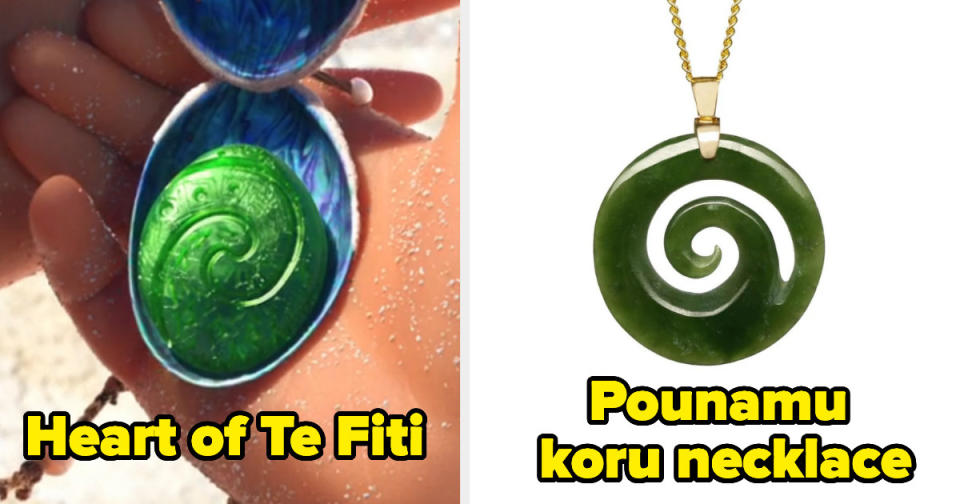
9.Maui's character was inspired by a combination of Polynesian myths. While many islands have their own variations of Maui, there are a few common stories. He is often credited with giving the knowledge of fire to humans, slowing down the sun, and using his hook to drag up the islands from the depths of the ocean.
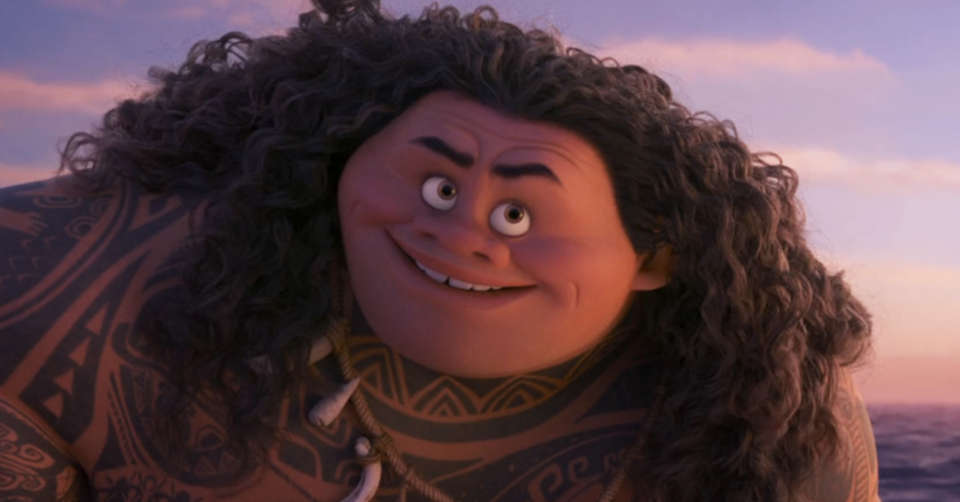
10.Characters in Moana wear necklaces made of teeth, bone, and shells, which is common for Polynesians. In the old days, some islands considered whale teeth necklaces especially significant as they conveyed the status of chiefs and powerful people.
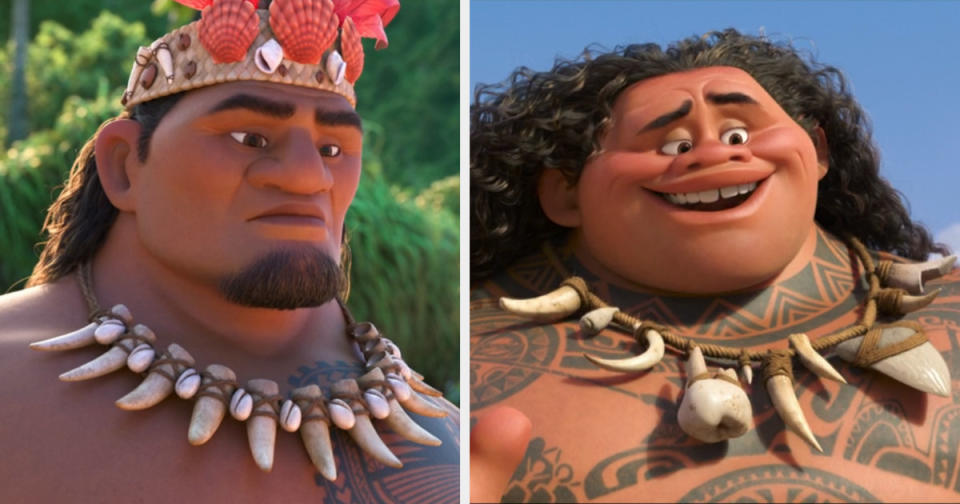
11.Gramma Tala coming back as a manta ray reminds me of the Native Hawaiian aumakua, which are deceased family members and ancestors who sometimes assume the physical form of animals to guide and protect their descendants.
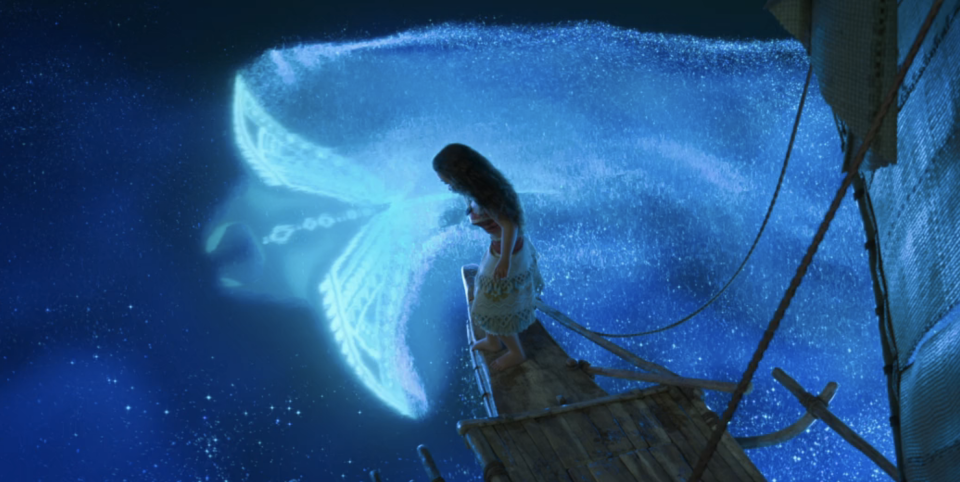
Aumakua can offer strength and support in times of sorrow or emotional distress. They also have the power to send messages through dreams and visions, and they can pass on prayers to the gods.
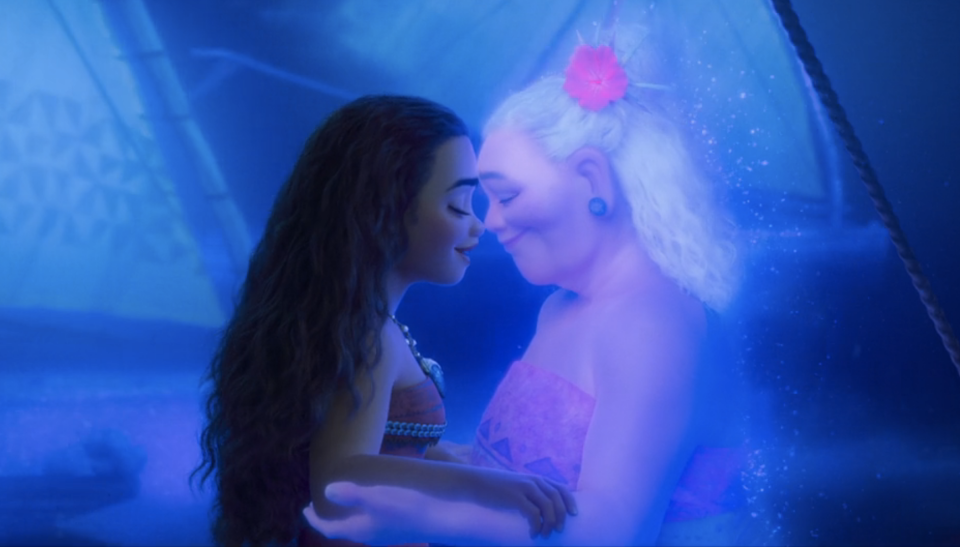
12.Moana, with the help of water, goes head to head with Te Kā, who spouts lava/fire. The water vs. fire showdown is common in shows and movies, but this battle might have been inspired by Hawaiian mythology. Nāmaka (goddess of the sea) fought against Pele (goddess of fire and lava). According to some legends, Nāmaka ended up defeating Pele with the power of the ocean.
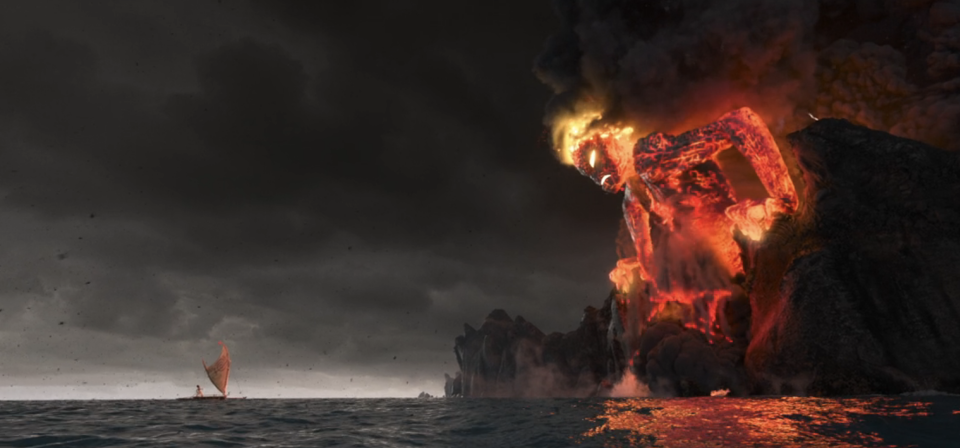
13.During the final battle, Maui does the haka, a ceremonial dance performed by the Māori. There are many types of haka — some are done to welcome guests, show respect, at celebrations, etc. — but Maui's is clearly a war challenge.
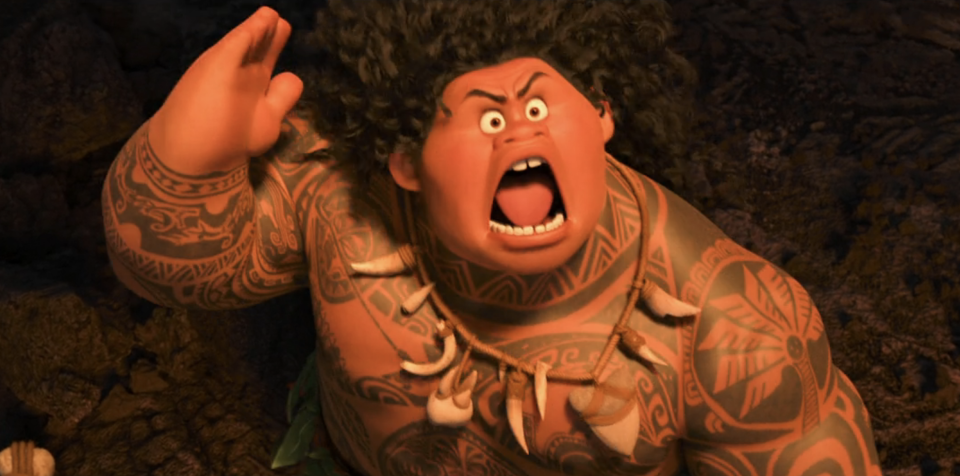
Other islands perform war dances (Samoa has the Siva Tau, Tonga has the Sipi Tau, Fiji has the Cibi, etc.) but Maui's feels Māori to me.
The haka has gained worldwide recognition by New Zealand's rugby team, the All Blacks, performing it before matches.
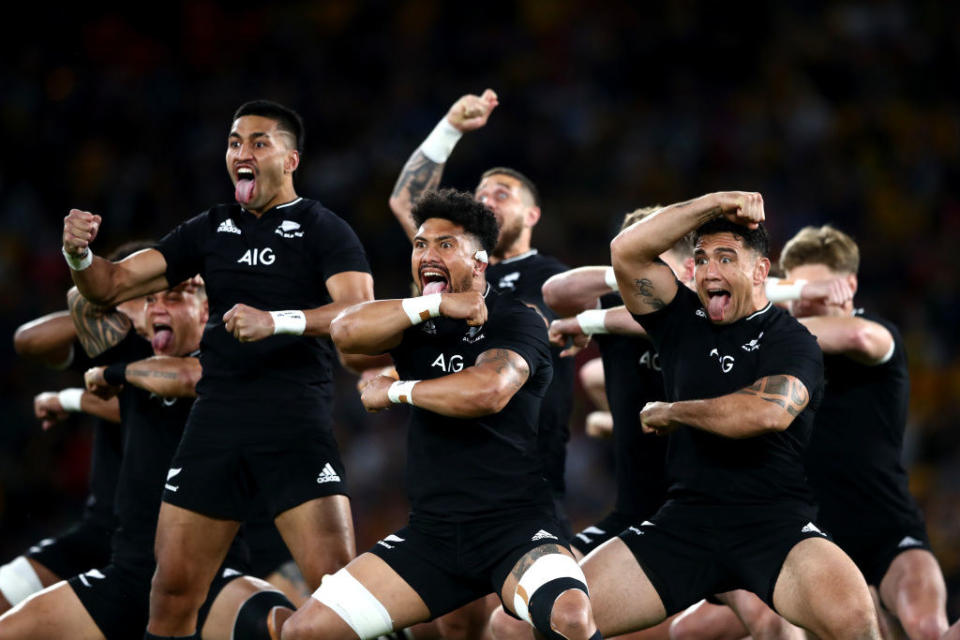
14.When Moana recognizes the koru (spiral) of the heart of Te Fiti on Te Kā, it's symbolic. To the Māori, the koru is a symbol of creation that represents an unfurling fern frond. So it's very fitting since Te Fiti has the power to create life. It also makes sense that Gramma Tala passes away once she gives Moana the heart of Te Fiti – the power of life.
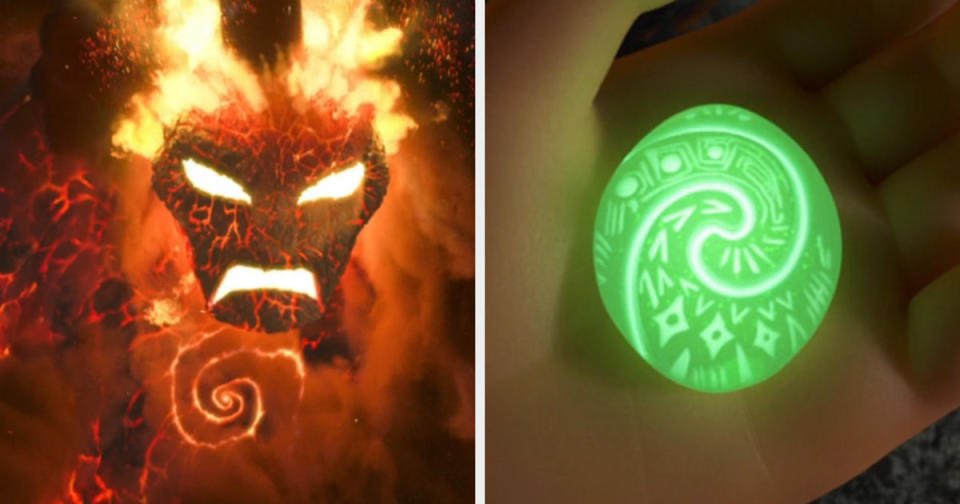
According to Te Ara — the Encyclopedia of New Zealand, the koru's "circular shape conveys the idea of perpetual movement, and its inward coil suggests a return to the point of origin. The koru, therefore, symbolizes the way in which life both changes and stays the same."
15.And finally, Moana places her forehead and nose against Te Kā. This reminds me of the Māori hongi, a greeting where people touch noses and often foreheads. The divine breath of life is exchanged and connects both people.
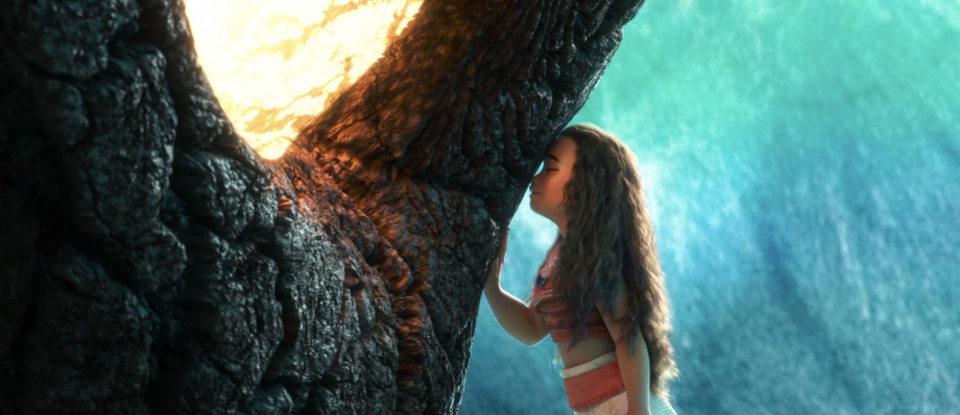
The hongi is said to have origins in Māori mythology, where the first woman, Hineahuone, was made from the earth, and the god Tane breathed life into her through her nostrils. Moana restored Te Fiti to life, and Te Fiti is a goddess with the power of life, so I think the writers are alluding to the mythology here.
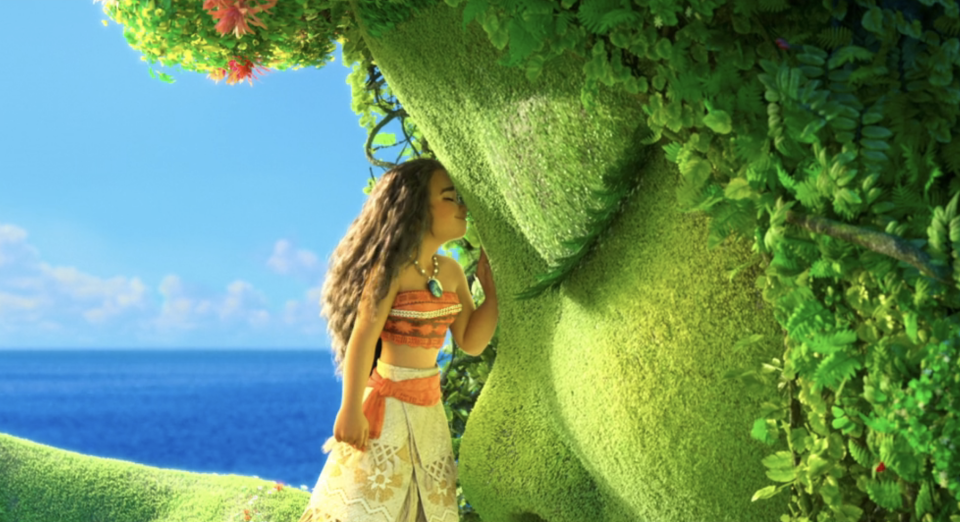
Any little details I missed? LMK in the comments below!
Looking for more AAPI-centered content? Check out our APAHM posts here!


